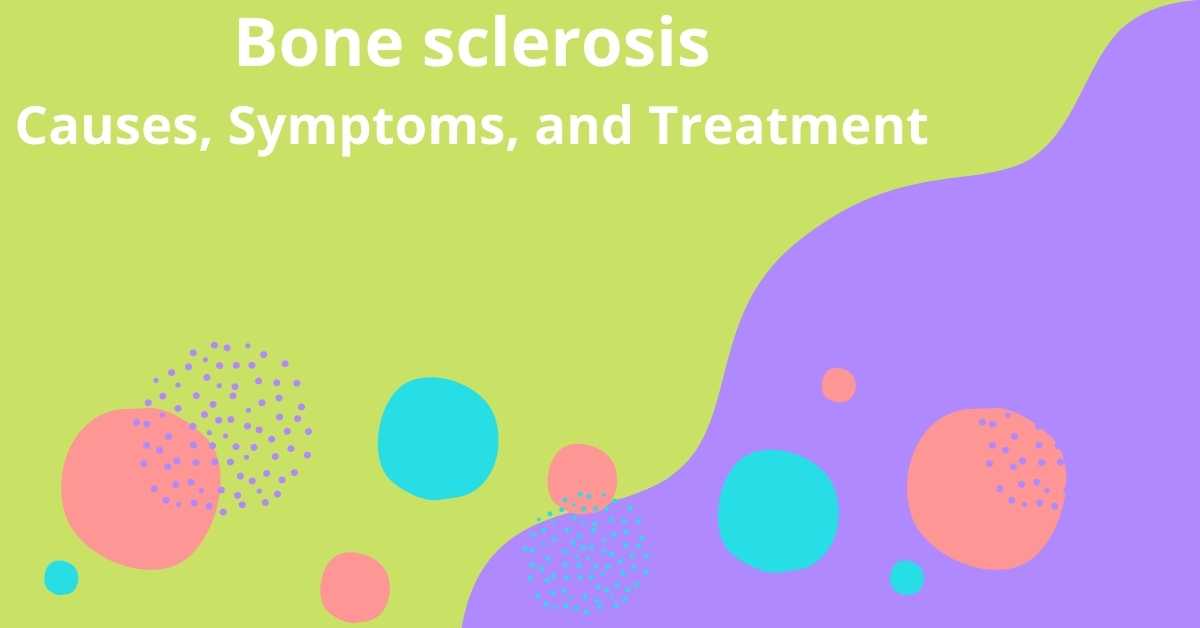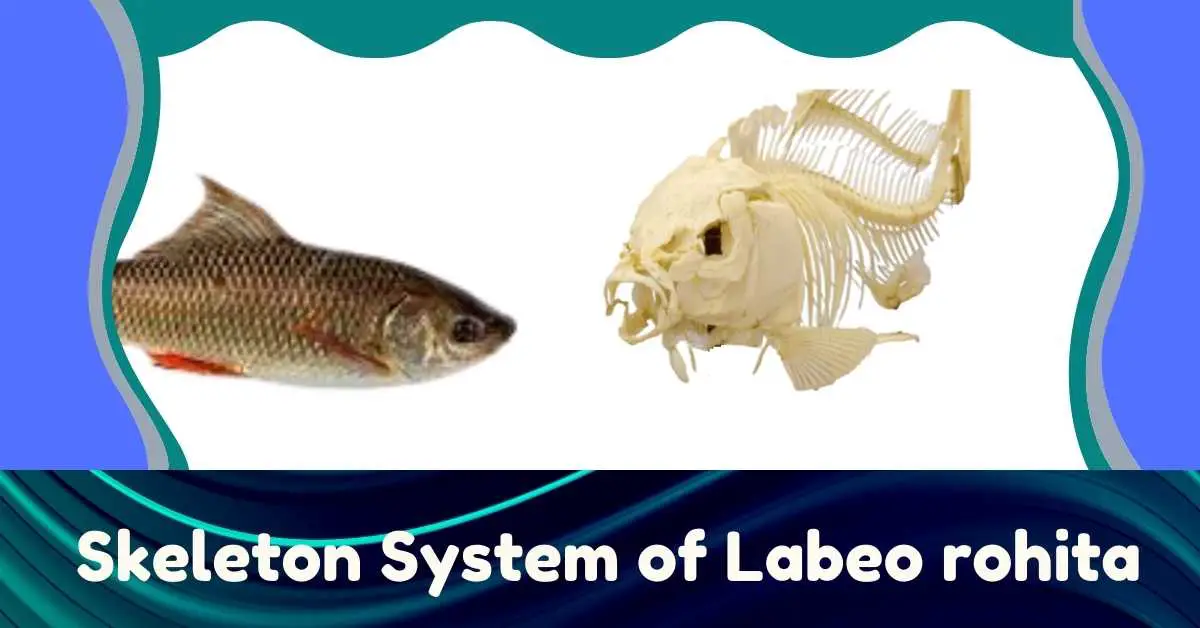Bone sclerosis: Causes, Symptoms, and Treatment
Bone is a living tissue that responds to healthy or unhealthy conditions by becoming thicker or thinner. During childhood, bones are actively being built up, which slows down during the teen years. Bones are also being broken down, especially after age 20 due to wear and tear and weakening as we age. Bone tissue is … Read more


